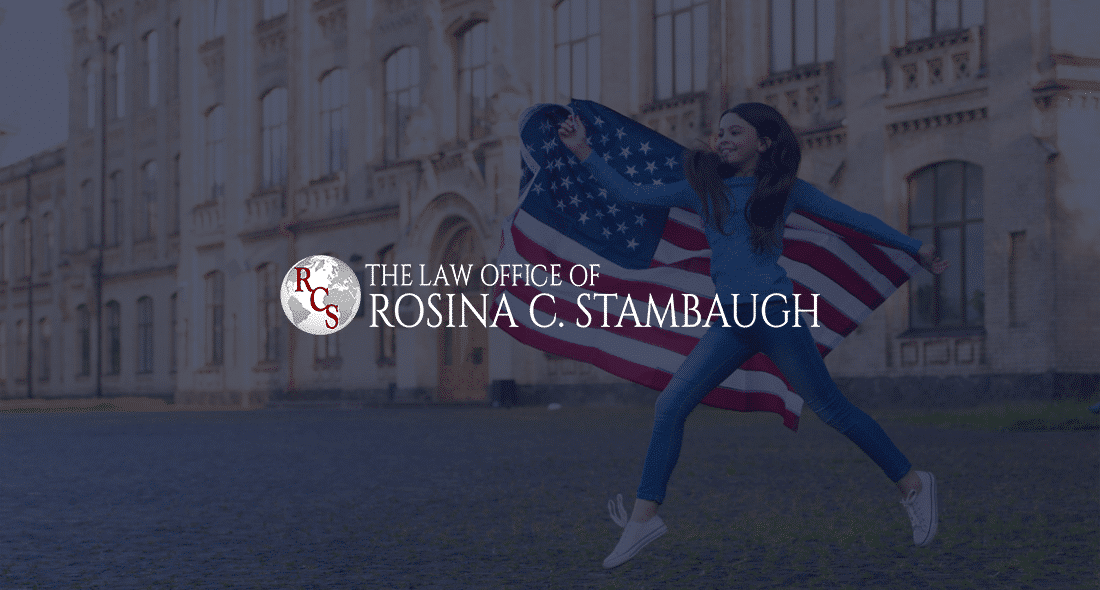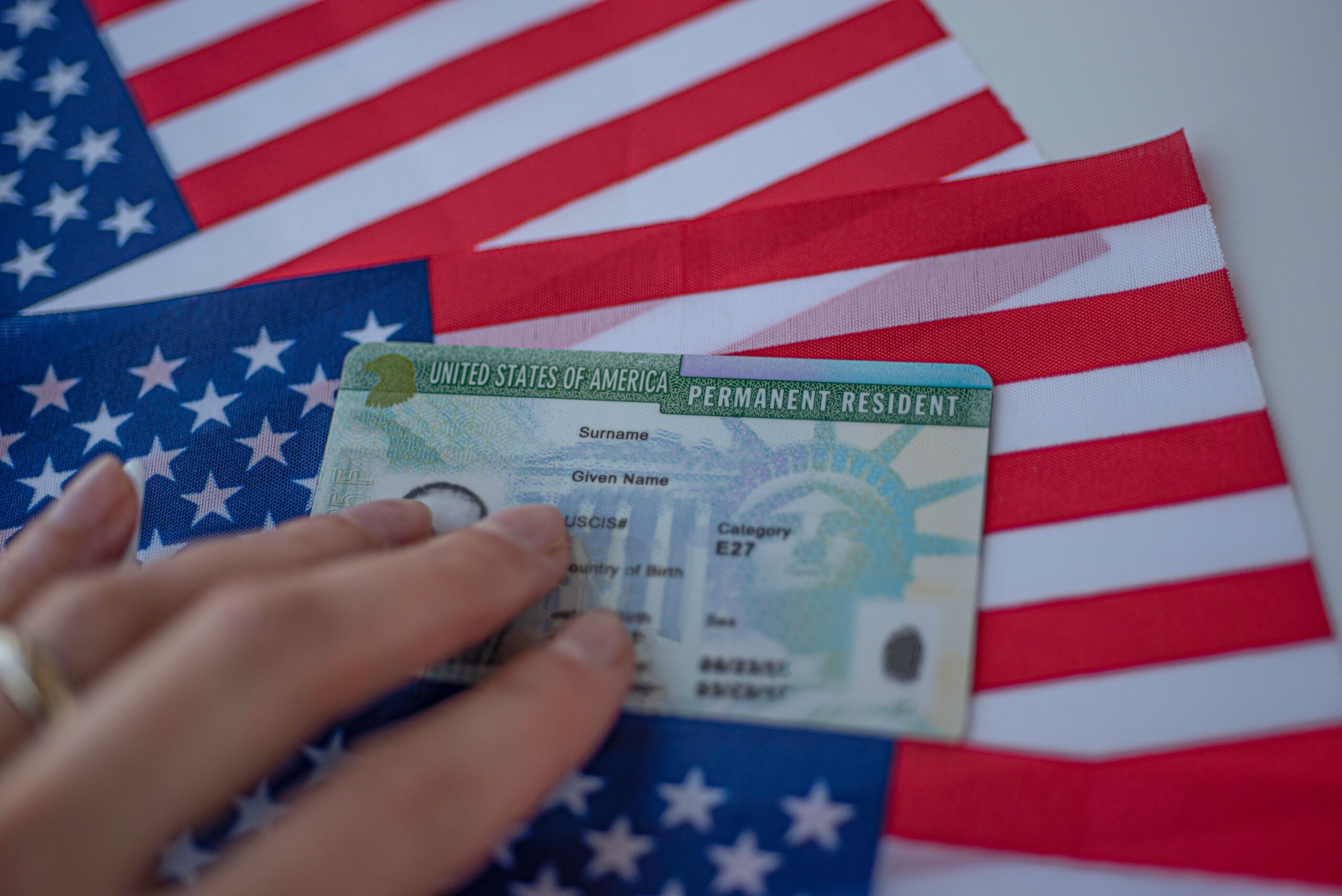During his presidential term, the Biden administration created several programs to enable vulnerable individuals to seek safety in the U.S. through a process called humanitarian parole. The Trump administration promptly attacked these life-saving processes, which have been embroiled in court since, leaving thousands of families in legal and financial uncertainty.
At the Law Office of Rosina C. Stambaugh, we understand the anxiety that the current administration’s targeting of vulnerable noncitizens causes. Although uncertainty about the future of the Biden administration’s humanitarian parole programs remains, please reach out if you are scared and do not know what to do.
What Is Humanitarian Parole?
Humanitarian parole is a special immigration status that allows a person to enter or remain in the U.S. for urgent reasons. It does not provide long-term legal status, but it can be a critical lifeline. The Biden administration created special humanitarian parole programs to respond to global crises, including:
- Processes for Cubans, Haitians, Nicaraguans, and Venezuelans (CHNV),
- Uniting for Ukraine (U4U),
- Operation Allies Welcome (OAW) (Afghans),
- Military Parole in Place (MPIP),
- Family Reunification Parole (FRP), and
- Parole for Central American Minors (CAM).
These processes offer life-saving protection for individuals from their currently dangerous home countries.
The Trump Administration’s Attack on Humanitarian Parole
On his first day in office, President Trump signed an executive order instructing federal agencies to restrict immigration programs. Soon after, USCIS paused the processing of humanitarian parole benefit applications. Despite the change in processing, USCIS did not release a public statement or update its official policies. Instead, it notified applicants through their online accounts that their cases were on hold.
Legal Challenge to the Silent Change
On March 17, immigration advocates and legal organizations challenged the policy in court, arguing that the administration violated federal law by changing procedures without notice or justification. During the proceedings, immigration groups prompted USCIS to clarify what rules officers had applied to pause applications.
As a result, they uncovered internal agency communications showing that Trump Administration leadership had informally instructed USCIS officers to stop processing certain benefits despite the Administrative Procedure Act (APA), which sets standards that executive agencies like USCIS must follow to change rules. The administration claimed it was responding to concerns about fraud, but it has not released any evidence to support its claims.
Federal Register Notice (FRN)
On March 21, the administration issued what it identified as an “unpublished” Federal Register Notice (FRN) in response to the lawsuit. An FRN is a potential rulemaking process under the APA. The unpublished FRN revoked status and work authorization for hundreds of thousands of beneficiaries of the CHNV program. On March 25, the administration published an official FRN doing the same.
Legal Challenge to FRN
Days later, on March 27, legal advocates filed papers directly challenging the FRN, too. They requested that the judge order USCIS not to implement the FRN while the case was pending.
April 14 and May 28 Court Rulings
On April 14, a federal judge ordered that USCIS could not enforce the March FRN revoking CHNV-related benefits while the case was pending, issuing a stay. On May 28, the judge expanded the order and stay, concluding that the administration’s actions caused widespread harm without legal justification. In this context, the judge’s stay meant that while lawyers and judges worked to resolve the case, USCIS had to revert to the law as it was before the Trump administration silently revoked it.
Appeal to the First Circuit
The Trump administration immediately appealed the judge’s stay to the First Circuit Court of Appeals. The First Circuit promptly denied the administration’s request to overturn the stay.
Supreme Court Reverses Stay
Unfortunately, the administration appealed the First Circuit’s decision to the Supreme Court, and, on May 29, the Supreme Court reversed the First Circuit. The Court’s opinion gave no reasoning, and it sent the case back to the First Circuit to decide whether to reverse the stay.
Justice Ketanji Brown Jackson wrote a dissent, explaining how and why, in her view, the Court failed to follow legal precedents by reversing the stay. She cited several legal authorities and emphasized that reversing the stay placed hundreds of thousands of vulnerable people at risk.
Order to Self-Deport
On June 11, the administration issued an order directing all those it had just unceremoniously stripped of status to self-deport. It continued to have no regard for the human cost in dangers to the health, safety, and lives of hundreds of thousands of people who came to the U.S. legally.
Back to the First Circuit
On June 11, the same date it ordered individuals to self-deport, the government submitted a legal brief to the First Circuit arguing that the court should allow it to take lawful status away from hundreds of thousands of people with no notice while challenges to that decision work their way through the court system. The administration’s argument is, essentially, that the executive branch should be able to undo benefits created by a previous administration without legal process or even supporting evidence.
Immigration advocates will likely file a legal brief to respond before the end of June. Then, the First Circuit must decide whether to hold oral arguments, where judges can ask questions to each side’s lawyers, or decide the case using written submissions only. Based on that decision, we should learn more about when the First Circuit will issue a ruling.
Speak with a Compassionate Immigration Lawyer
If you or a loved one has been affected by the administration’s attempts to harm innocent noncitizens, reach out to the Law Office of Rosina C. Stambaugh. In uncertain, scary times, we can help you make sense of the chaos.





